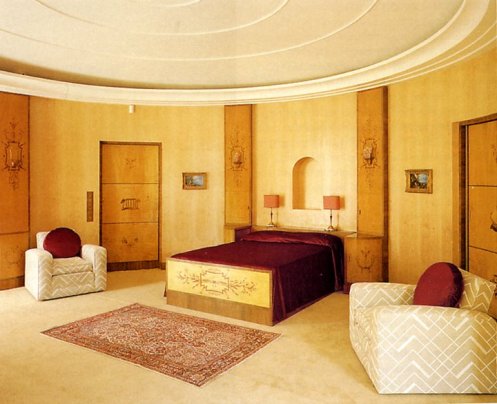A really easy way to transform any object is to use the traditional method of decoupage. It’s one of those crafts that is very relaxing and all-consuming: you can spend hours cutting out pictures from magazines. It’s also really easy and almost impossible to make a mistake – always good in my book.
I recently bought Homemaker magazine (I’m obsessed with magazines) and it had the most delightful pull-out that included lots of prints and patterns – prime decoupage material. There were six pages of vintage-looking seed packet designs that I wanted to use for my seed packet holder (which is an old PYO strawberry punnet). Decoupage is so versatile and you can do all sorts of things: boxes, mirrors, chairs, lampshades, the list is endless.
All you need to do is start collecting images, words, backgrounds, patterns from magazines and newspapers – anything will work. Have a look at the make-up box and mirror at the bottom of the post for ideas on what type of thing to look out for.
Here’s how you do it…
You will need:
Tutorial:

1. Mix the glue and water together in equal measures. Use the brush to paint the glue onto the surface you want to decoupage and place the picture onto the glue. 2. Then paint over it with the glue mixture too. Squeeze out any air bubbles with your fingers.

3. Every piece of paper you apply should overlap another so there are no gaps. When you get to a corner or edge bend the paper over it so you get a smooth finish. Once it is covered allow to dry for a couple of hours. 4. Then paint over it again with the glue mixture. Allow it to dry and then apply another coat of the glue mixture. You can then do a coat or two of varnish if you want a gloss finish. Varnish will also make your decoupage last longer.
Other examples of decoupage that you could try…
Have a go!






















































